Many publishers don’t have the infrastructure - be it manpower and/or technology - in place to effectively monetize all of their digital content, creating an opportunity in the marketplace for a 3rd party to provide this speciality service. Thereby, leading to the emergence of Ad Networks!
What is an Ad Network?
An Ad Network can be defined as a tech platform that mediates the sale of ad inventory between publishers and advertisers. In other words, they act like a broker, in which they collect high volumes of impressions from numerous publishers and sell them to advertisers.
Traditionally, Ad Networks would offer their impressions at a much lower price than publishers’ direct sales, thereby coining the terms “non-premium” or “remnant” inventory. However, as the industry has evolved, Ad Networks have begun offering advertisers more exclusive inventory from top-tier publishers and packaging it up at premium prices.
The convenience for advertisers to access desired inventory across hundreds of websites from a singular Ad Network is attractive. Advertisers can use an Ad Network’s campaign management platform to create a campaign with their targeting requirements, budget, frequency caps, etc. The Ad Network has its ad tags implemented on each of the publishers it partners with, which allows for the delivery of ads for campaigns where the advertiser’s targeting criteria matches the publisher’s impressions.
How do Ad Networks work with Publishers?
Publishers benefit from working with Ad Networks because it gives them the opportunity to sell inventory that they are unable to sell via direct sales. Unsold inventory is a sunk cost and lost revenue for the publisher. If a publisher can improve its fill rates as close to 100% as possible by working with an Ad Network, then it remains a valuable partnership.
When a publisher joins an Ad Network, the Ad Network must place its ad tag directly on the site or by using a first-party ad server. Implementation of this ad tag allows the Ad Network to control ads that are served across the page through the campaign management platform.
How do Ad Networks work with Agencies?
Agencies are responsible for planning and managing buys for advertisers they work with across various supply sources. Depending on the type of inventory an Ad Network offers (e.g. desktop, mobile, in-app), an agency will request a proposal from potential supply partners so they can ultimately make a decision on which partners should be part of the final campaign strategy. If an Ad Network gets included on a plan, then campaign setup and delivery will be handled by the Ad Network to deliver the client’s ads to its desired audience across the publishers agreed upon in the campaign strategy.
Although Ad Networks were originally designed to help publishers sell unsold inventory, there are several benefits passed on to advertisers:
- Scale & Efficiency: an Ad Network serves as a central hub for inventory from numerous publishers, so that an advertiser only needs to manage one campaign vs. managing campaigns set up with each individual publisher.
- Frequency Capping: can be managed across multiple publishers instead of at the individual publisher level. For instance, if an advertiser wants to limit exposure of their ad to 3 times per user per day, an Ad Network can accomplish this task across the entire network of websites. Direct publisher campaigns pose a risk of higher frequency as there is a lack of tracking users as they jump from publisher to publisher.


